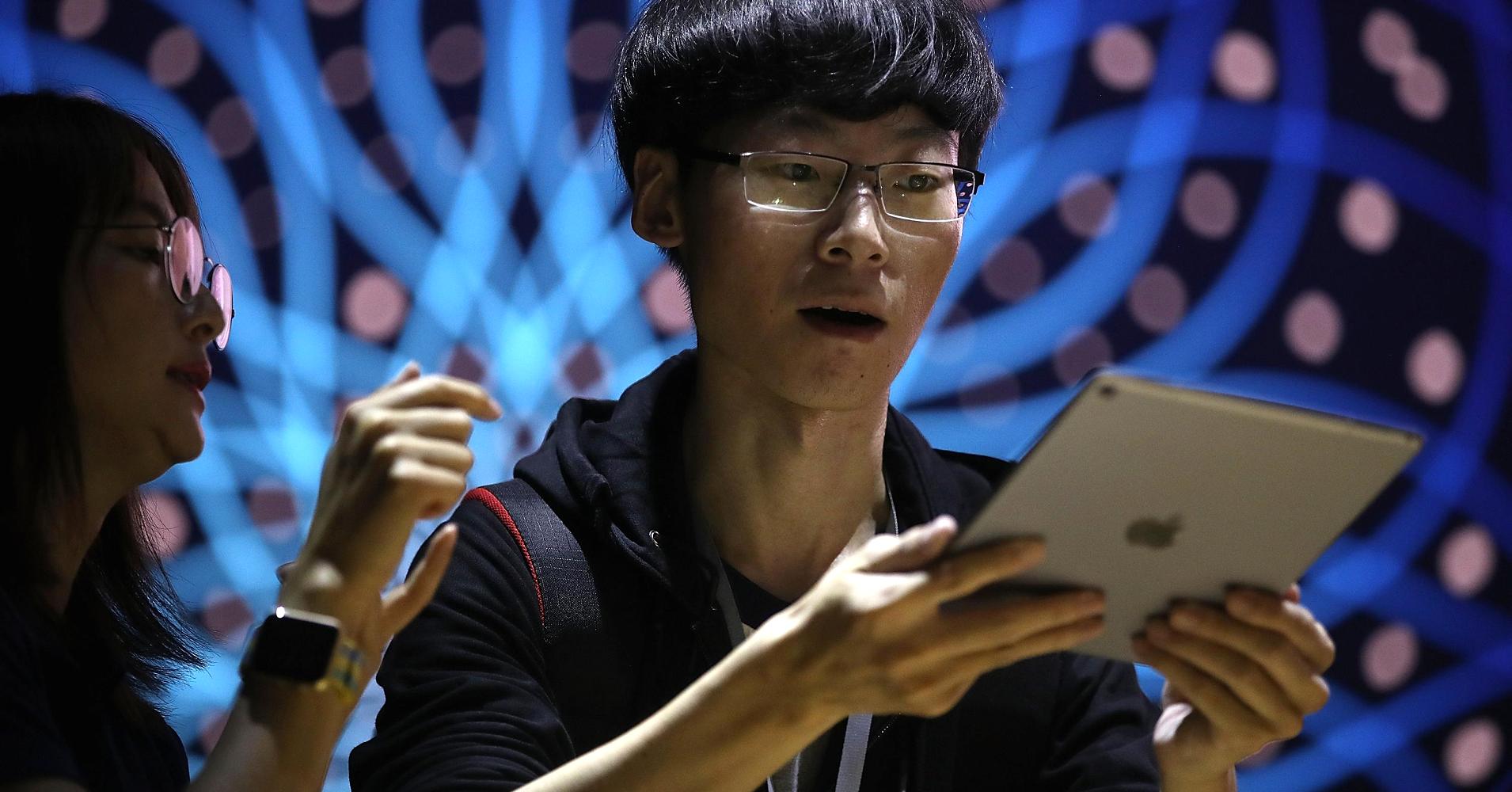
Times are changing at Apple.
When co-founder Steve Jobs returned to Apple in 1997, he famously pruned the product line to refocus the company on its most beloved products in categories like “consumer,” “pro,” “desktop, and “portable.”
Those pieces of hardware would become the pillars of Jobs’ famous speeches and product reveals. His focus is celebrated because it paved the way for both flawless execution and widespread adoption of Apple products.
That focus isn’t as sharp on the hardware side in 2018. Apple has some “prosumer” products like MacBook Pro that blur the lines between designers and coders, and other products like the iPad Pro that seem to fit between computer and phone.
On Monday, the keynote at Apple’s annual developers’ conference, WWDC, revealed that the company still focuses on a few key areas to executive flawlessly — only now it’s the software that defines the major categories.
Increasingly, Apple’s core products seem to be built around the following areas of focus:
- Health and safety
- Privacy
- Augmented reality
- Education
- Enterprise
- Music.
None of those is tied to just one piece of hardware.
Your yoga and meditation habit may be tied to your Watch, but you’re also monitoring your mental health through Apple’s new anti-addiction tools and your safety in the car.
You’re watching Apple’s music-themed documentaries or science-themed shows on your Apple TV, before switching to stream music on your HomePod and doing science homework on an iPad. You’re building augmented reality apps on your computer and using them on your phone.
This was particularly clear when software chief Craig Federighi talked about the persistent rumor that iOS, Apple’s platform for the iPhone and iPad, was merging with MacOS, the Mac operating system. He shot down those rumors with a simple slide that said “No.”
But then he noted that Apple is beginning to build a framework for iOS apps to be able to run on the Mac with minimal changes, and talked about the new News and Stocks apps for the Mac, which were built this way. Third-party app makers will get the same capabilities in 2019, he said.
That’s a key point: instead of siloed hardware with deeply integrated but custom software for each platform, Apple is slowly making software and services primary, and making sure they work across all its devices.
If Apple can successfully reframe itself around these core thematic pillars, it could squeeze more money from each iPhone user through subscription services and apps, instead of selling only pricey hardware. That’s important as users hold on to devices for longer and longer, instead of upgrading every two or three years.
Indeed, the share of revenue that comes from software and services is already on the rise at Apple and will likely continue to grow, if the company’s projections hold up.
Larry O’Connor, founder of Mac product company Other World Computing, said that while he’s disappointed there hasn’t been more Mac hardware from Apple this year, it makes sense. While it’s been years since some Mac products have been updated, they continue to get new features and connect to newer products.
“A new system becomes less important than what capabilities you can add to that which you already have,” O’Connor said.

